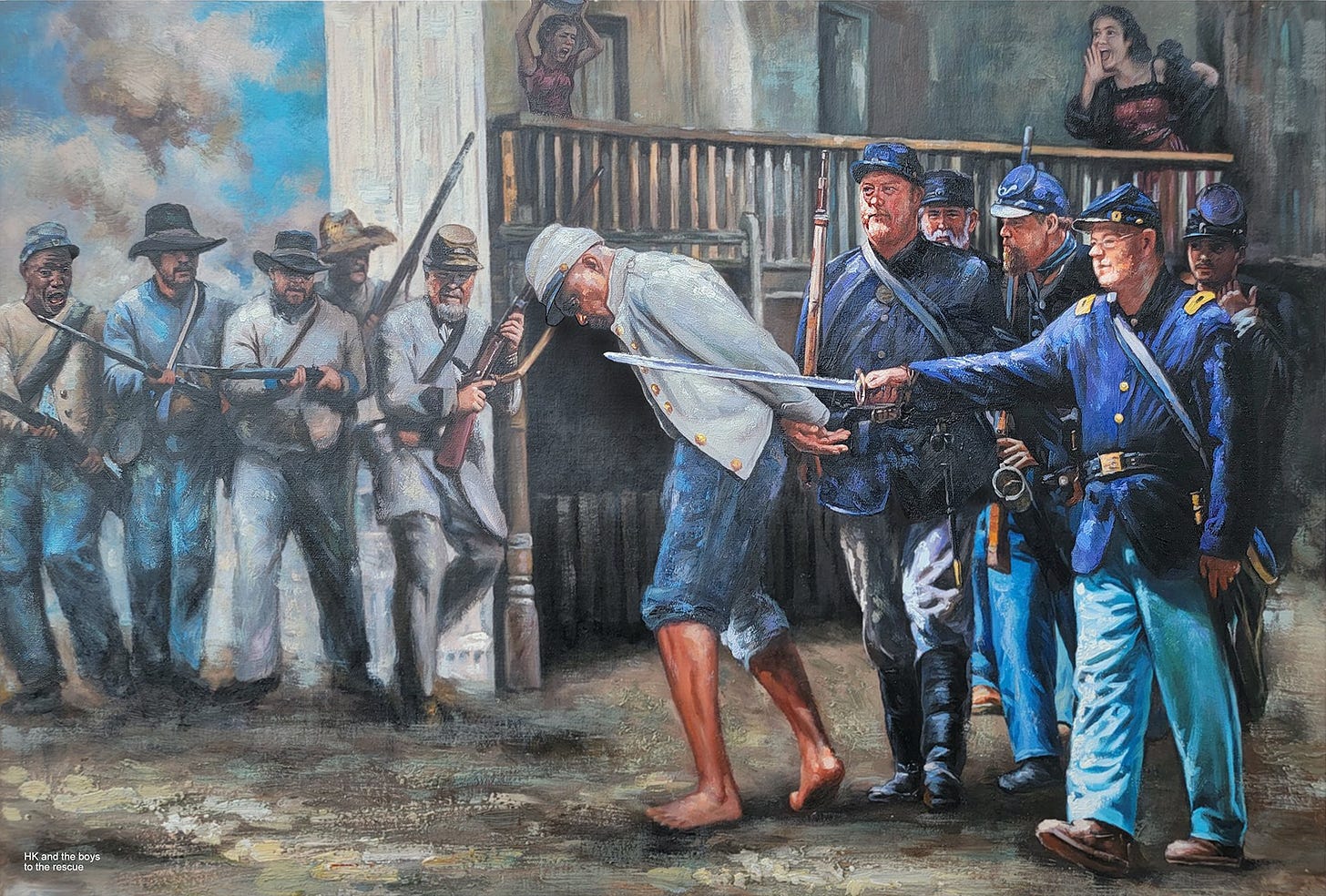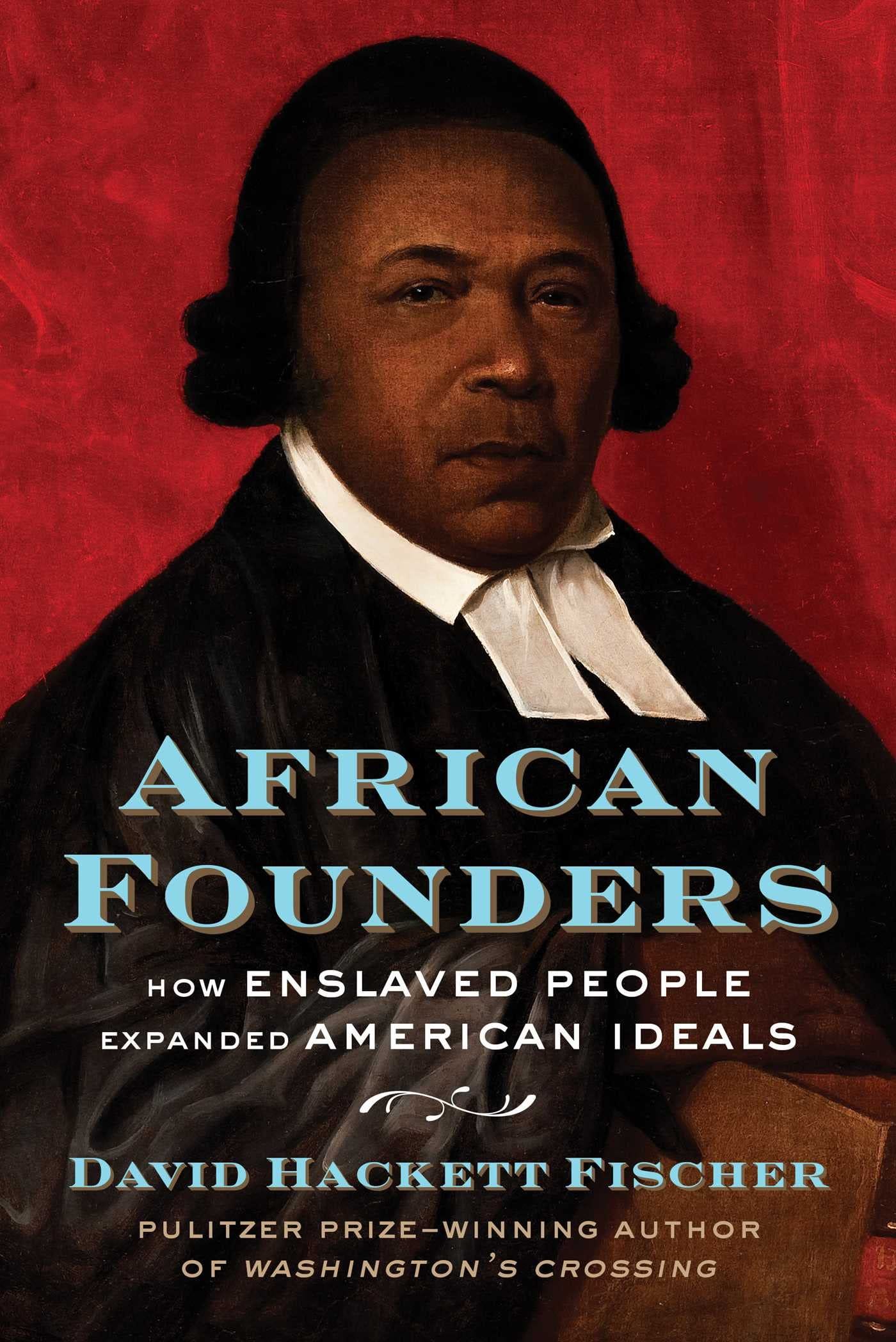In the News
Four Confederate monuments removed in Baltimore back in 2017 will soon appear as part of an art exhibit in Los Angeles.
The large-scale exhibit, called Monuments, will open in the fall of 2023 and places contemporary art created by renowned Black artists alongside decommissioned Confederate statues removed from American cities after the 2015 killing of churchgoers in Charleston, South Carolina, by a white supremacist and the deadly neo-Nazi rally Charlottesville, Virginia, in 2017.
The Florence County (SC) council unanimously rescinded its vote allowing for the display of a statue honoring William W. Harllee and his daughter, Florence in the courtyard of the local museum. Harllee was the lieutenant governor of South Carolina during secession and signed the secession ordinance.
Celebrations of the Confederacy may be coming to an end in Brazil.
But a new municipal law could mean the end of the annual celebration and any other public event commemorating the Confederacy. The ordinance bans the use of racist symbols at public festivals, and the Confederate flag and this festival in Santa Bárbara d’Oeste are specifically named in the justification for the law, which passed last month with near-unanimous support.
The conflict here mirrors the ongoing debate over Confederate symbols and monuments in the United States, despite taking place thousands of miles south of the Mason-Dixon Line. For residents, however, it’s a hyperlocal dispute about representation and balancing the legacy of slavery in Brazil with the unusual story of American immigrants who settled in this small town a century and a half ago.
So much of our attention over the past few years has been focused on Confederate monuments at Gettysburg that we tend to forget that the vast majority honor United States soldiers. Here is a wonderful piece on one of those monuments by historian Scott Hartwig.
Here is an interview with Kareem Abdul-Jabbar about a recent documentary he produced about Black soldiers during the Civil War.
TR: What’s a common misconception about the Civil War that people will learn about when they watch this film?
KAJ: That the Civil War is about White saviors. Yes, many Whites so believed in abolishing slavery that they were willing to give their lives for the cause. These were noble and heroic people. White America did most of the heavy lifting in abolishing slavery. But Black Americans had important roles too. They were patriots who also were willing to give their lives not just to end slavery, but to preserve the country.
One of the many reasons why I don’t take talk of civil war seriously. I love this piece.
Are we, as a people, really going to fight each other on the beaches, in the fields, and in the streets? Shall we really fight in the hills, where there is no air conditioning? In the forests, without refrigerators? Do we hate each other enough to eat hardtack? To undergo battlefield surgeries? Who knows about foraging anymore? Can you start a fire with nothing but sticks? (And there’s no YouTube tutorial—they’d knock down the cell towers.) In the last two years, large swaths of the country declared their lungs too weak to breathe through a cotton cloth, while others insisted it was deadly dangerous to take an open-air walk on a beach without that same cloth.
Gun control advocates like to note that fantasies about fending off tyranny with our private arsenals are unrealistic because the U.S. military is so well armed, to which gun rights activists respond by pointing at places like Afghanistan, where insurgents can frustrate that same military for decades with small arms and guerrilla tactics. And that’s true, but how many of us can do what those insurgents do? We don’t have traditional farming and survival skills. We can’t live in caves. We had a multi-month national discourse about toilet paper shortages.
The Black Confederate Myth Lives
Meet Gregory Newson. Mr. Newson is an “artist,” who has come to embrace the Black Confederate narrative. He also sells his own brand of coffee, which he calls “Uncle Gregory’s.”
This is his latest offering, which honors H.K. Edgerton, who some of you may know is a former local NAACP leader in North Carolina turned member of the Sons of Confederate Veterans. He still regularly performs in full uniform for adults and children, where you can find him waxing poetic about the Confederacy and waving its flag.
I have to admit that I am not really sure what’s going on in this image.
New to the Civil War Memory Library
David Hackett Fischer, African Founders: How Enslaved People Changed American Ideals (Simon & Schuster, 2022).
Personal
I’ve got an op-ed scheduled to drop at The Washington Post’s Made By History page this week.
Today marks two months since I quit twitter. It’s still incredibly disconcerting to think about the amount of time that I wasted on that cesspool of a platform.
Hope all of you have a great week.






I can’t figure out what’s going on in that painting either!
It is good also to remember that it was not just that many black people fought for the preservation of the Union. It was also that their courage in war resulted in what I can only describe as a conversion of many prominent and not so prominent white people. The best example is John A. Logan who went from sponsor of the Black Laws of 1853 to winning Frederick Douglass' support for a presidential run. The same thing happened to many ordinary white soldiers on a smaller scale as recorded in Barbara Gannon's The Won Cause.